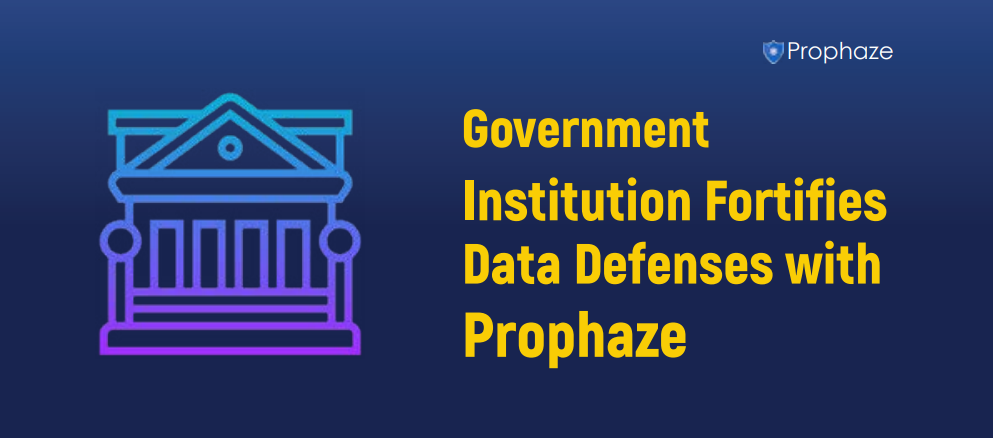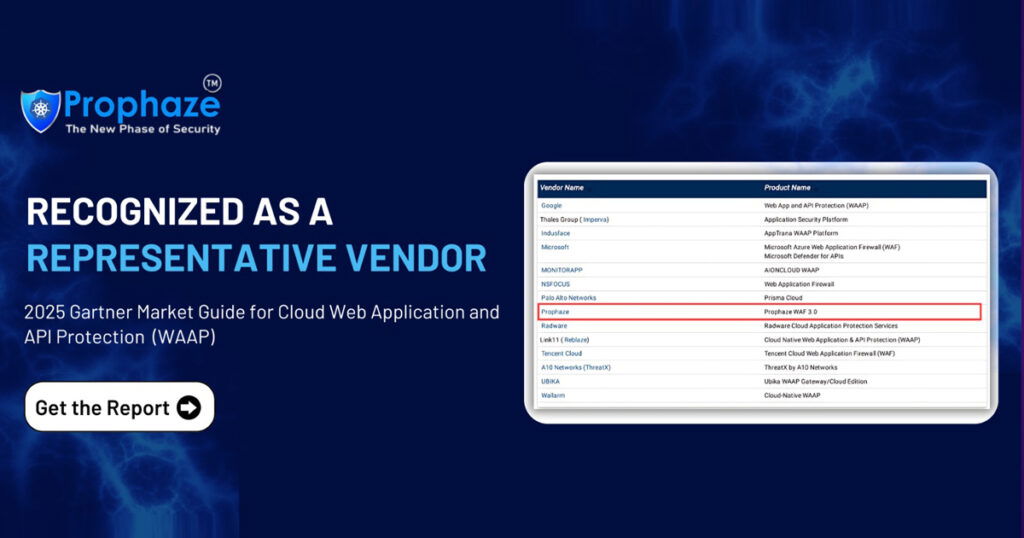A website being hacked here and there isn’t exactly news to everyone around us, but for a business owner whose site has been hacked, it is nothing less than a nightmare to have had their website hacked.
Hacking is rapidly changing into a very complex idea that is hard to identify and protect your system against. With hacking being as complex as mentioned in the latter statement, one can never be safe enough vis-a-vis protecting their website.
The method of using firewalls for the protection of a website may have gotten older as a solution but is still as relevant as it was initially. Firewalls, as their name suggests, are walls built around the fire of confidential information and assets to keep them from spreading beyond the needful areas.
A firewall guards a WordPress page against unwanted, harmful data that can come in along with seemingly legitimate traffic from the internet. Traffic is distributed into good and bad where the good one is permitted access, and the bad traffic, on the other hand, is blocked.
The architecture of a WordPress firewall can be altered in a manner such that the most vulnerable areas of the site can be heavily guarded as opposed to the ones deemed safer or less prone to cyberattacks.
For example, the target area to be protected on the WordPress site is the login page; in such a case, a firewall can prevent any suspicious activity (a visitor staying on the same page for over 5 minutes) can be stopped then and there.
Targeted protection can prove especially helpful on occasions of heavy traffic inflow. The latter is a situation when the bulk of incoming data makes it hard for the system to process information and thereby to identify and rectify cyber threats etc.
Plugin-based, cloud-based and in-built firewalls are three categories of WordPress firewalls that can be installed. These categories vary depending on the area of requirement and intensity of security needed by the client etc.
A WordPress firewall helps in the creation of a clear demarcation of boundaries between an internet connection and an internal network.
What is the Functionality of a WordPress Firewall?
WordPress firewalls can use a variety of methods to protect an internal network from various cybersecurity threats.
- Filtering: filtering is a process in which, as the name suggests, incoming data is filtered on the basis of its nature. Good data is welcomed, whereas bad data is banned.
- Proxy: Proxy acts as an intermediary between mainstream internet and a website where the interactions between the two are supervised so as to prevent any unauthorized data from coming in.
- Inspection: This category of data protection via firewall involves a group of keywords that are used to categorize data into a blacklist and a whitelist.
The category of firewall protection mechanism that one chooses to use depends solely on the kind of attacks their website is receiving on a regular basis and are then planted in their most vulnerable areas.
The server software level or the Apache level firewall is something that obstructs the path of data inflow and rejects unauthorized data before WordPress even has a chance to inspect it.
Endnotes
While using a firewall isn’t the ultimate step that one needs to take in order to protect their website, it is certainly a very important one. The concepts related to firewalls are easy to understand and are therefore so widely accepted.












